Top 15 Logistics Blog Posts of 2014
GlobalTranz
DECEMBER 29, 2014
We continue our top blog posts of 2014 from our main categories today by focusing on something at Cerasis we are experts in : Logistics. We’ve already listed the top 10 manufacturing blog posts and the top 10 supply chain blog posts last week. What is Reverse Logistics and How Is It Different than Traditional Logistics?


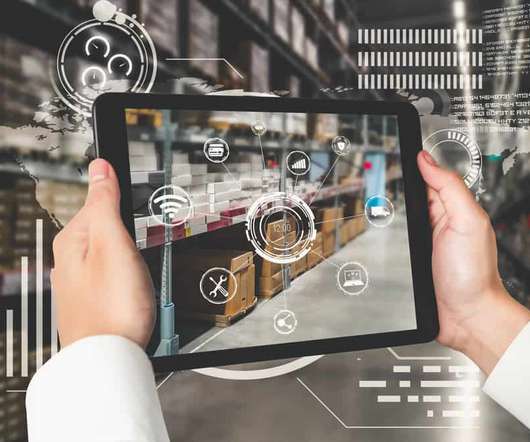
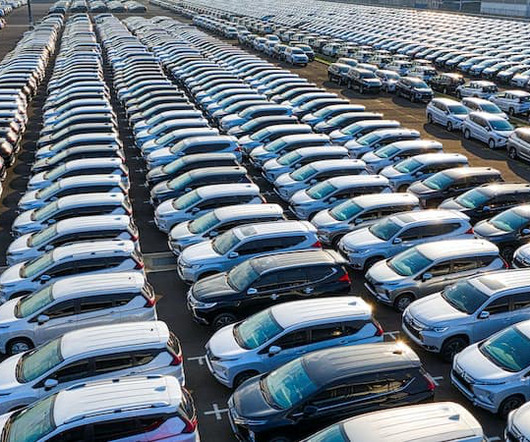

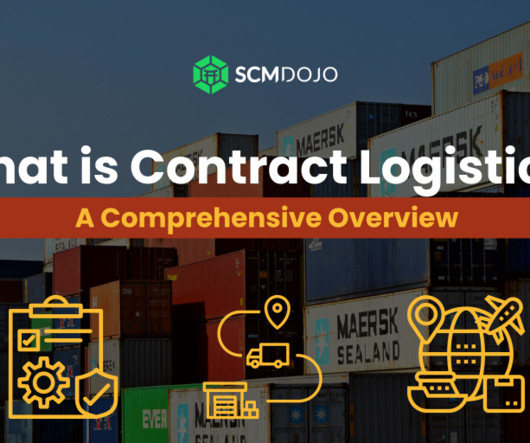
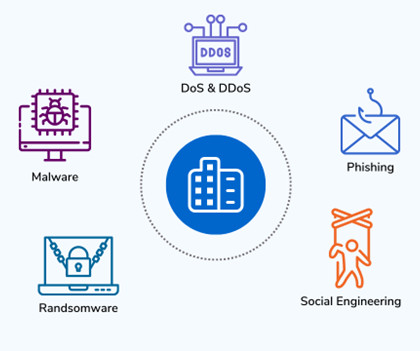




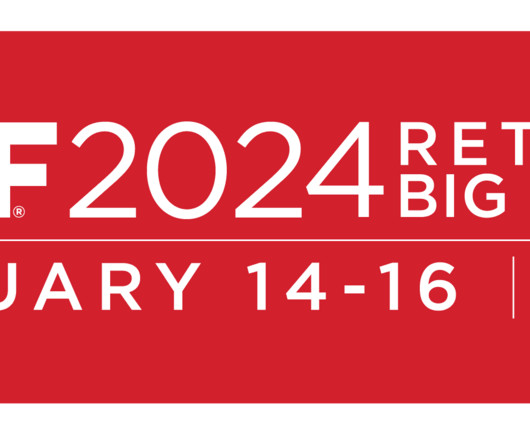
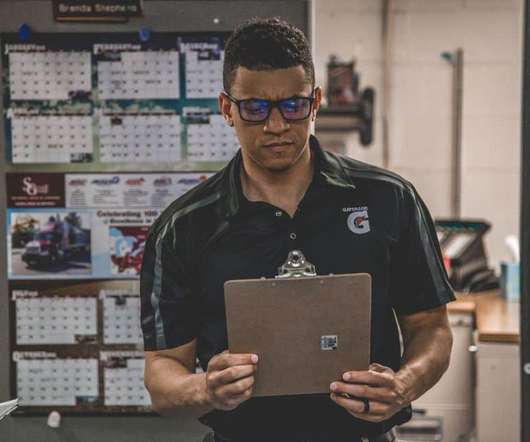
















Let's personalize your content